"Fixing Havana into Guanabacoa" and Other Interesting Facts About that Municipality
especiales

Guanabacoa is currently one of the 15 municipalities of Havana and one of the oldest territories in the capital. The name means "place of water," according to indigenous lexicography. But the town of Pepe Antonio, founded in the 16th century, not only treasures cultural traditions, but is also the place where certain significant events occurred for the first time. This article explores some of the interesting facts that make Guanabacoa a unique place in Cuban history.
For example, the oldest teacher training college in Cuba and the Americas was founded there, in the architectural complex of the Church and Convent of San Francisco. This occurred on November 19, 1857. During its ten years of operation, 110 elementary teachers and 22 advanced teachers graduated. Among the most renowned graduates was Monsignor Pedro González Estrada, who became the first Cuban bishop of Havana.
Guanabacoa was the first place in the Americas to establish an association of devotees of Our Lady of the Sacred Heart of Jesus, considered by believers to be the Advocate of the Difficult and Desperate Causes of Life.
Likewise, a notable event linked to the life of José Martí took place within the territory of Guanabacoa in 1879. On January 22 of that year, at the Artistic and Literary Lyceum of the town, the National Hero gave his first public speech in Cuba. Since its founding in 1861, the Lyceum had been a center for cultural debates, as well as for the generation and socialization of pro-independence ideas. Other prominent Creoles intellectually linked to this cultural center were Enrique José Varona, Juan Clemente Zenea, Rafael María de Mendive, Nicolás Azcárate and José de la Luz y Caballero.
Beyond the realm of thought, it’s worth noting that Guanabacoa was also notable for technological milestones. The Fesser Station, named after its owner's surname, was located in that town; it was the first electric train station to offer passenger service, which began on May 9, 1900.
Also born there were Sara Gómez, the first woman to direct a feature film in the country; Fernando Pérez, a prominent filmmaker of recent decades; and Araceli García Carranza, considered Cuba's most important bibliographer.
It has been documented that, in the early history of Guanabacoa, legislation did not allow people of any race other than the indigenous people concentrated in the region to live in these settlements, with the exception of the priest; but the Spanish themselves violated the law and gradually became part of the population. The neighborhood grew gradually with the arrival of natives from the Canary Islands and Black people liberated in San Cristóbal de La Habana.
Guanabacoa entered the national scene in July 1555, after the attack and capture of the town of San Cristóbal by the troops of the French privateer Jacques de Sores. The governor and captain-general of the island of Cuba, Don Gonzalo Pérez de Angulo, considering resistance impossible with the small army at his disposal, took refuge in Guanabacoa with his family and some neighbors.
Thus, it can be said that the seat of the colonial government and the function of the country's capital belonged to Guanabacoa for six months. This was the event that gave rise to the famous saying, still used today, when someone tries to "fix Havana into Guanabacoa."
* The historical data presented here were taken from the research "History Lost Among Ruins." Heritage constructions of Guanabacoa (2024), undergraduate thesis of colleague Ariel Niévares Luis, of which the author of this material was an opponent.
Translated by Amilkal Labañino / CubaSí Translation Staff



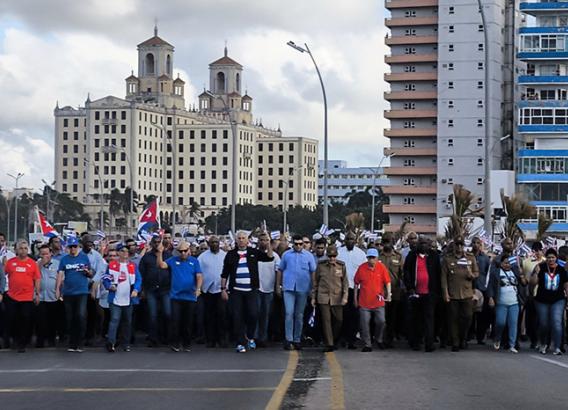
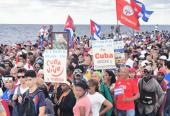

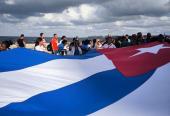
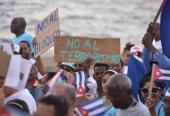



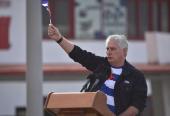
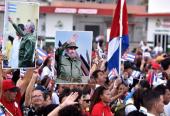

Add new comment